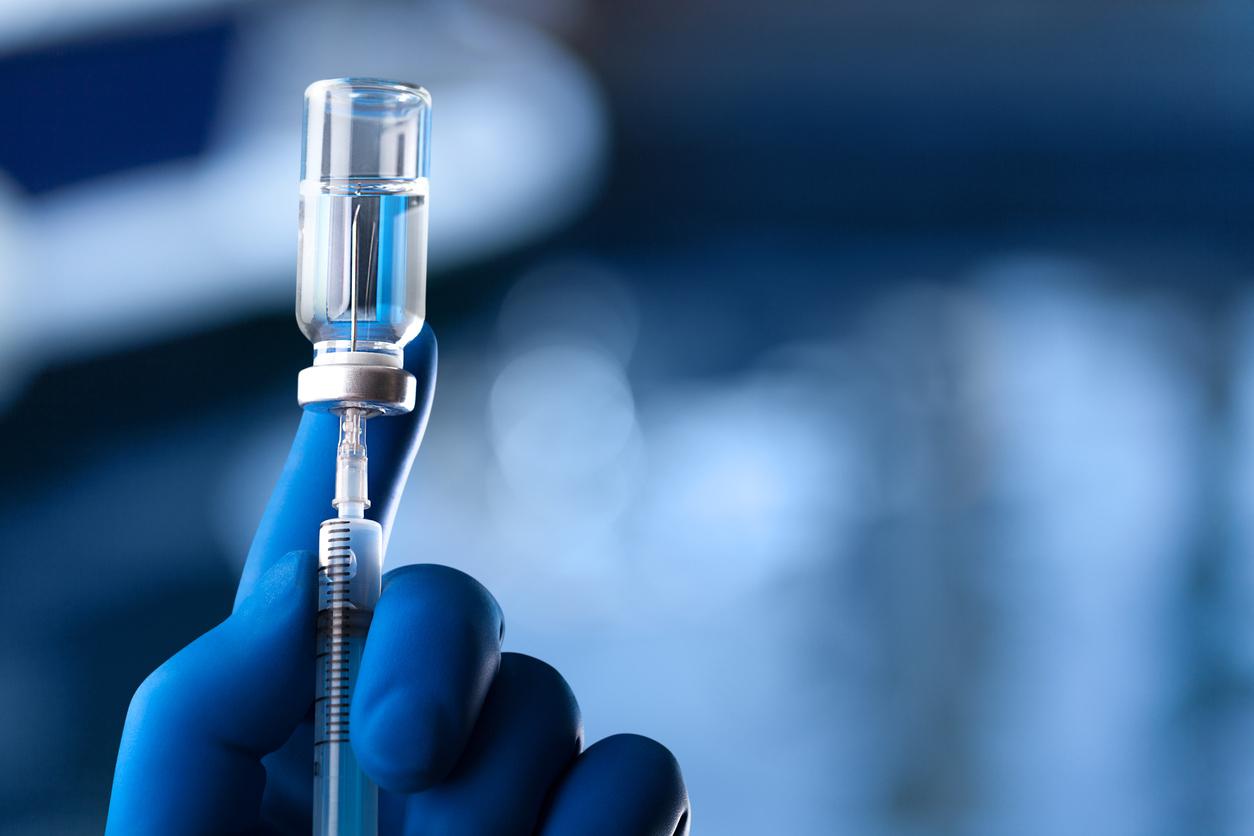The Nobel Prize for Medicine was awarded to three researchers, two Americans and a German, who discovered how cells transport and then release molecules in the body.

The cells of our body are constantly transporting and releasing molecules. It is this fundamental mechanism for the proper functioning of our organism that today has earned James E. Rothman, Randy W. Schekman and Thomas C. Südhof the Nobel Prize for physiology and medicine. For example, they discovered how insulin, made by beta cells in the pancreas, is then released into the blood. The three researchers, rewarded by the Nobel committee, have indeed described how “the molecules are transported in kinds of small bags, which one calls vesicles, then delivered to the right place and at the right time in the cell”, indicates the Nobel committee.
Listen to Professor Thierry Galli, research director at Inserm: “This force which fuses the 2 membranes is a bit like a zipper which would close until the 2 membranes are brought together, thus allowing the contents of the cell to come out”.
This mechanism of transporting hormones or neurotransmitters is identical for all cells. But, it took three researchers – two Americans and a German – to unravel its mystery. Randy Schekman discovered the genes responsible for vesicular transport; James Rothman has identified how these vesicles fuse with their targets and thus lead to delivery; As for Thomas Südhof, he deciphered the signals which instruct the vesicles to release their “cargo” with precision. “This mechanism that allows molecules to be secreted is common to all cells that have a nucleus. It is the same in baker’s yeast and in the human brain, underlines Thierry Galli, research director at Inserm. It is really fundamental because if there were no more possible secretion, there would therefore be no more movement or possible thought ”.
“Without this marvelously precise organization, the cell risks sinking into chaos”, specifies the press release of the Nobel Committee. But, of course the vesicular transport is sometimes faulty. This is particularly the case with diabetes, but also with certain immunological neurological disorders.
Listen to Professor Thierry Galli : “At the origin of the action of botox, which generates local paralysis, is in fact the mechanism which is awarded the Nobel.”
This discovery does not date from today since the first article describing this transport system appeared in Nature 20 years ago. For the next ten years, this work was the subject of criticism. They are now recognized by the entire scientific community. The three researchers had already received the Lasker Prize, which we know is the antechamber of the Nobel in medicine.
.















